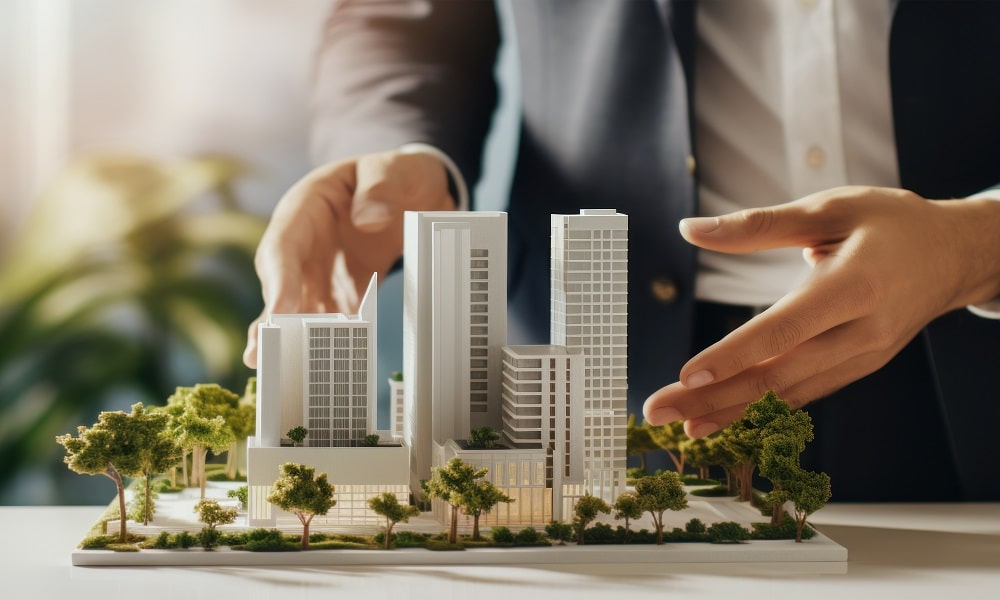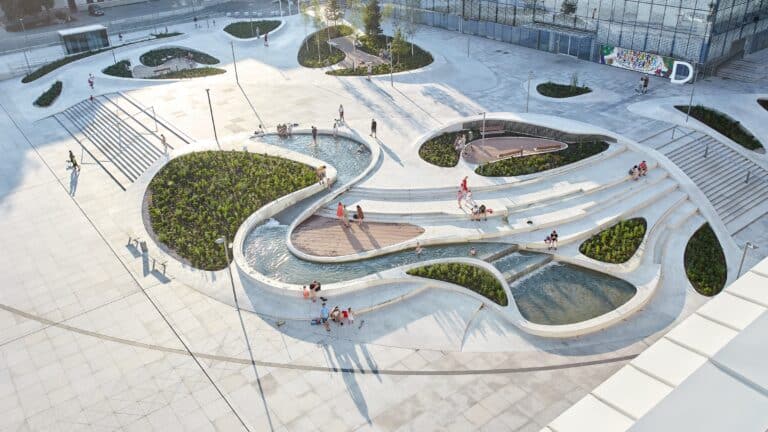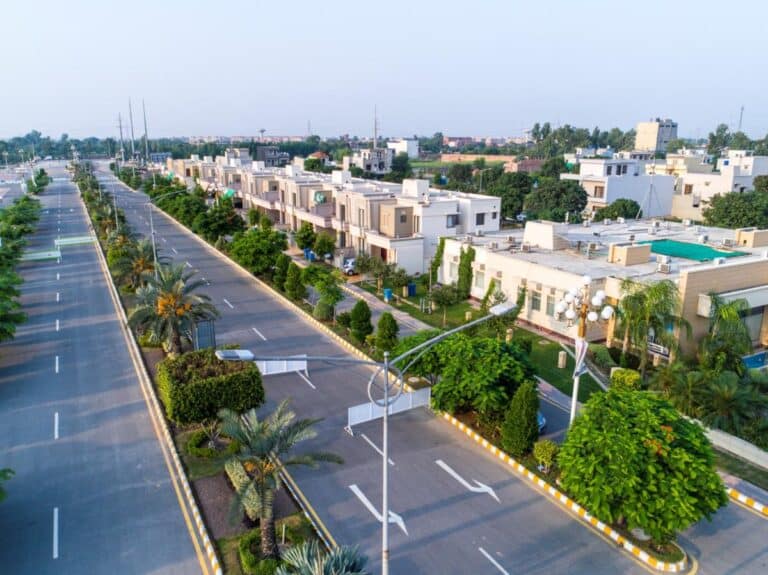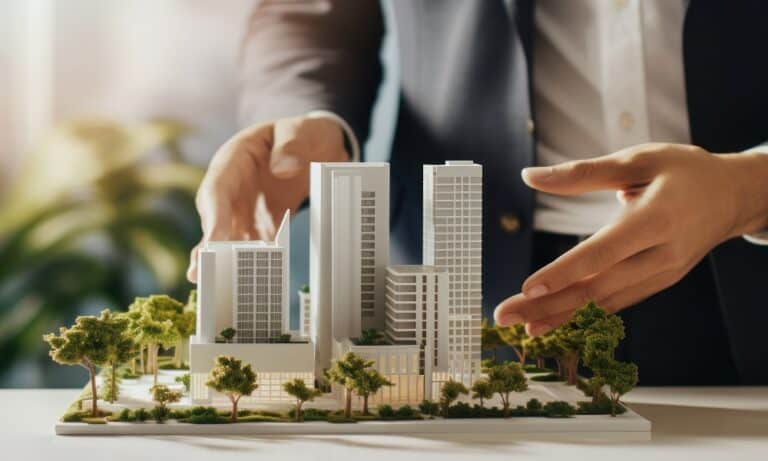In the ever-evolving landscape of urban architecture, adaptive reuse has emerged as a powerful, sustainable strategy that bridges the past with the future. Rather than demolishing aged buildings, architects and developers are finding innovative ways to repurpose them — transforming defunct warehouses into vibrant cultural spaces, or turning disused churches into modern residences.
Why Adaptive Reuse?
Sustainability: According to the National Trust for Historic Preservation, reusing buildings can save between 50-75% of embodied carbon compared to new constructions.
Cultural Preservation: Retaining historic facades and elements maintains a city’s character and sense of place.
Cost-Effectiveness: In many cases, adaptive reuse projects can be more economical than building from scratch due to reduced construction and material costs.
Examples:
The Tate Modern in London, once a power station, is now a leading art museum.
The High Line in New York City, a former railway, now serves as a public park and urban oasis.
Resources:
National Trust for Historic Preservation – The Greenest Building
Dezeen – Adaptive Reuse Architecture





